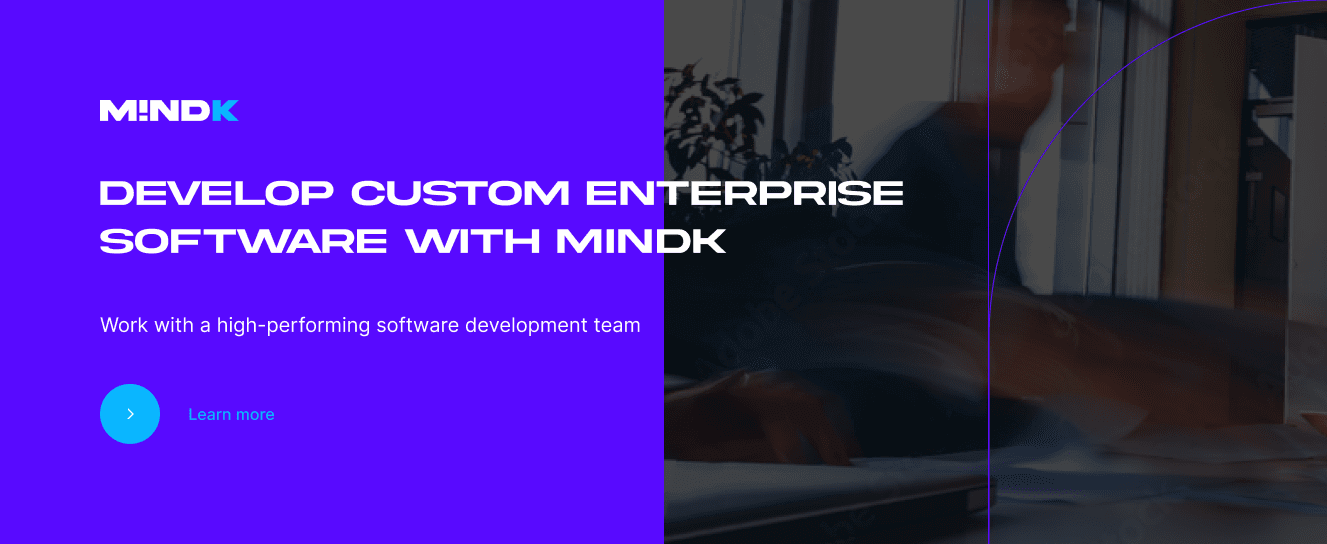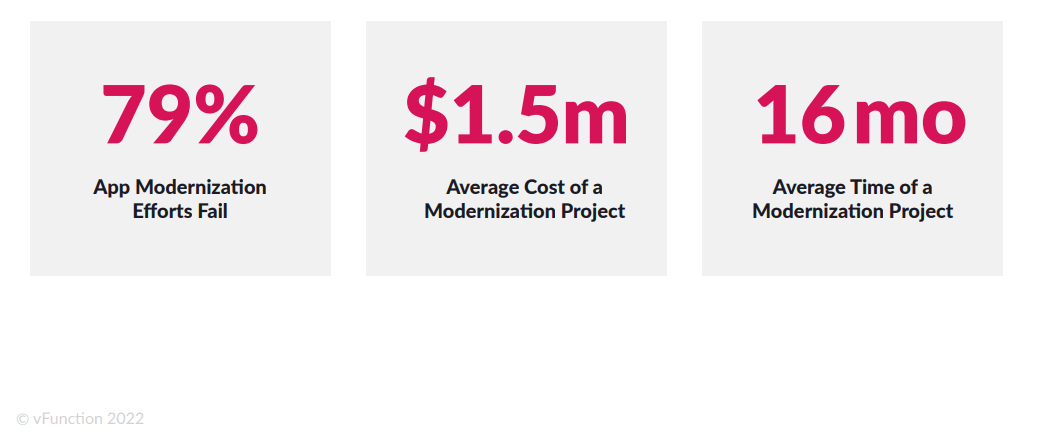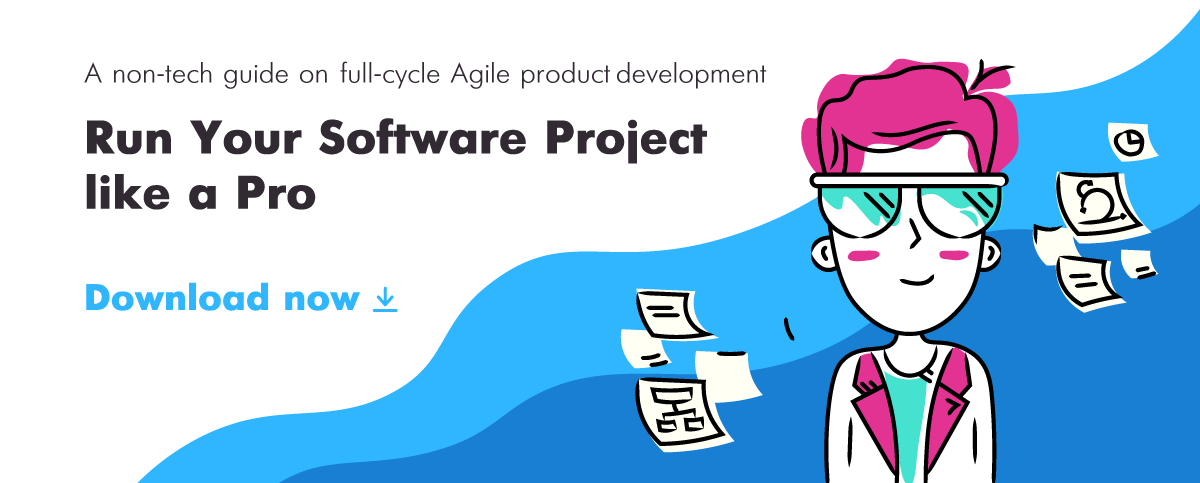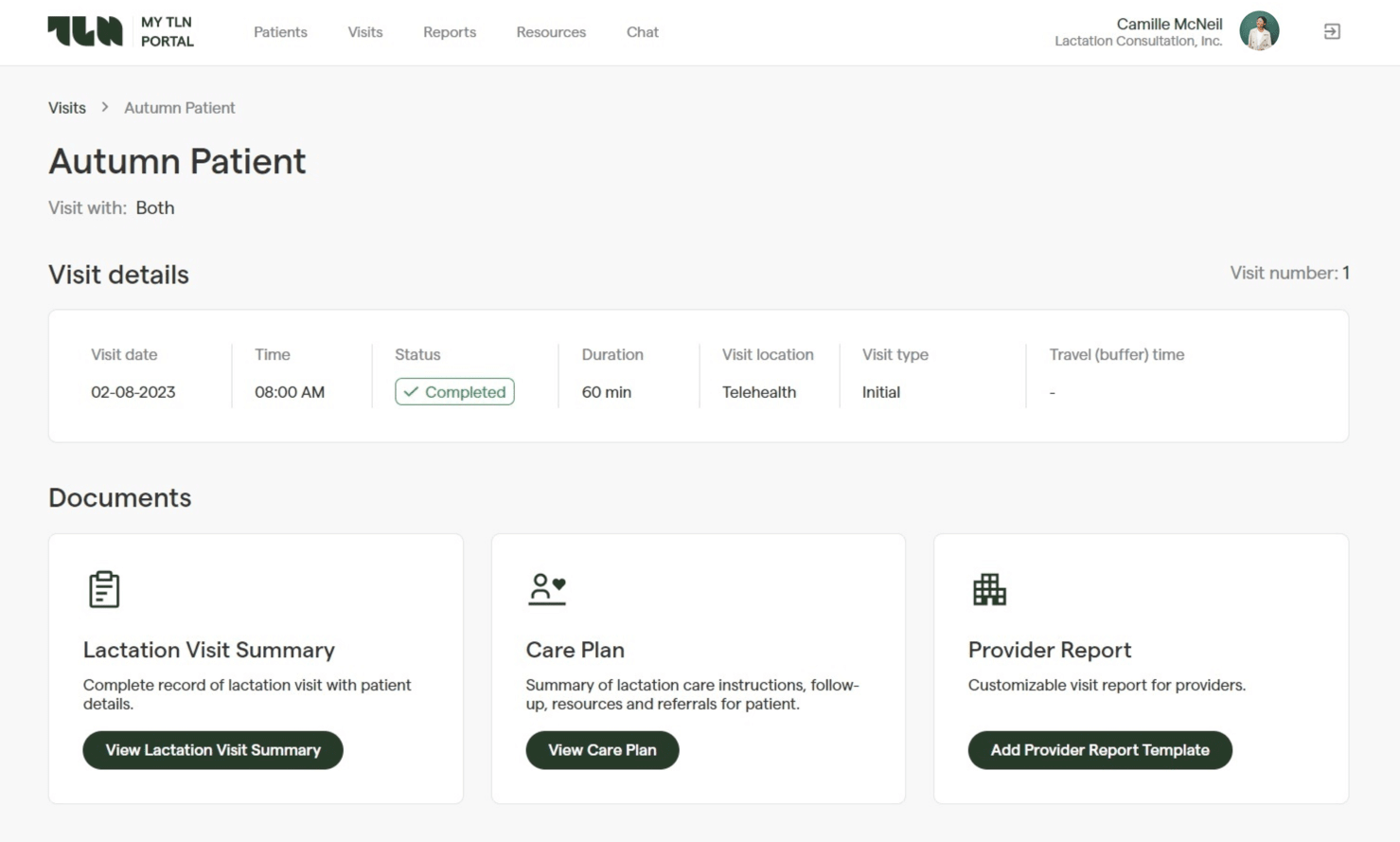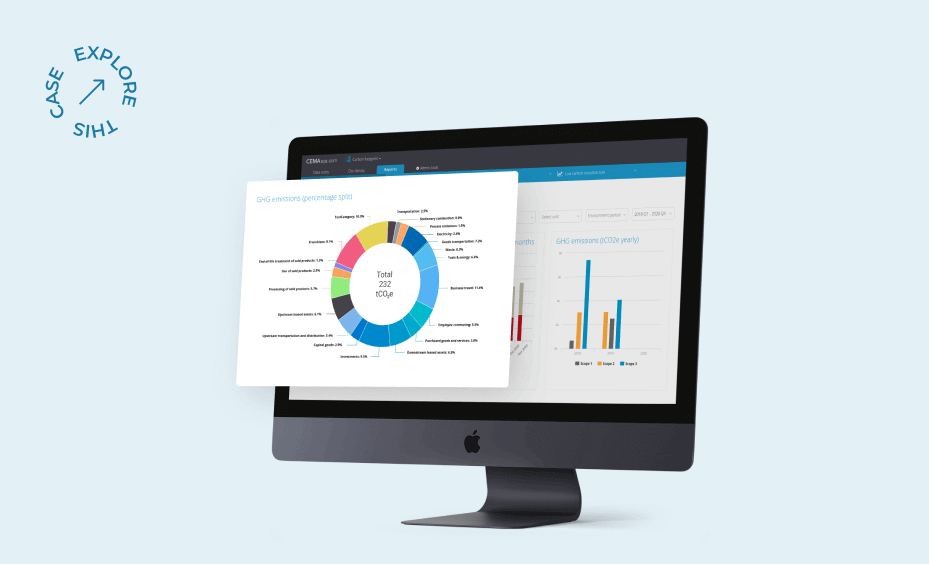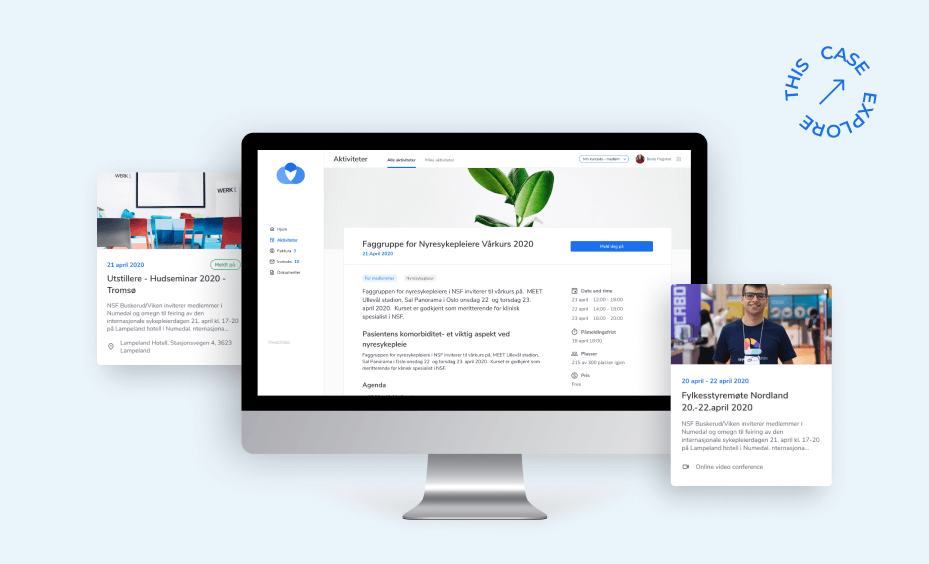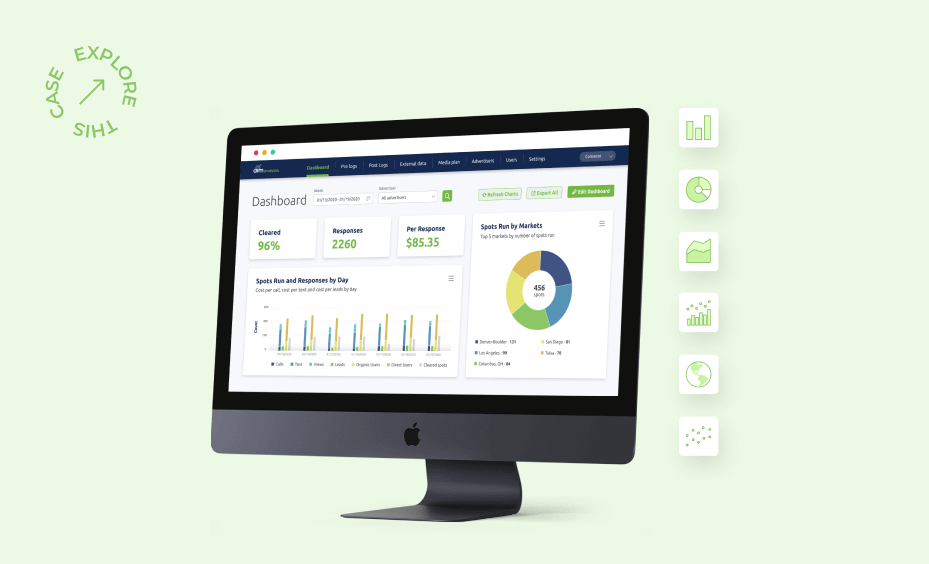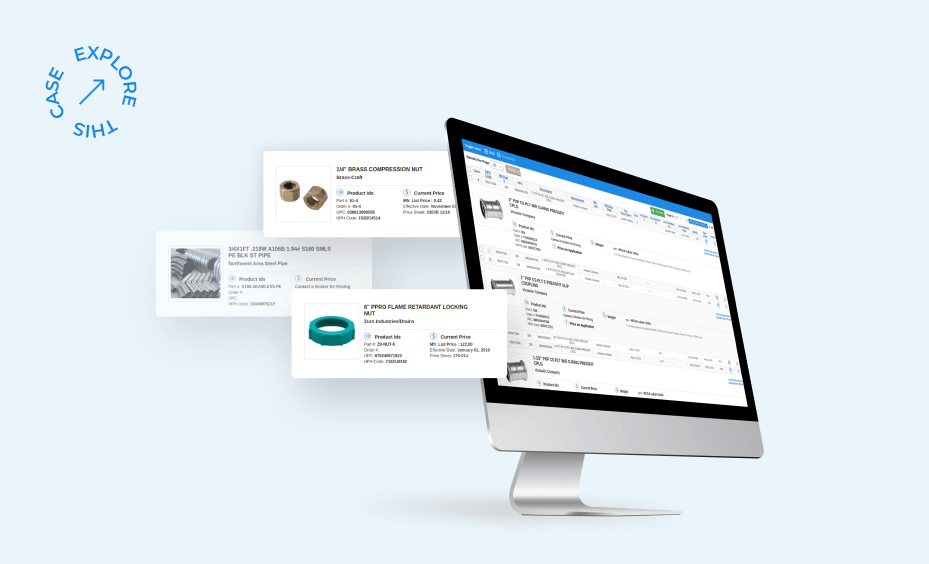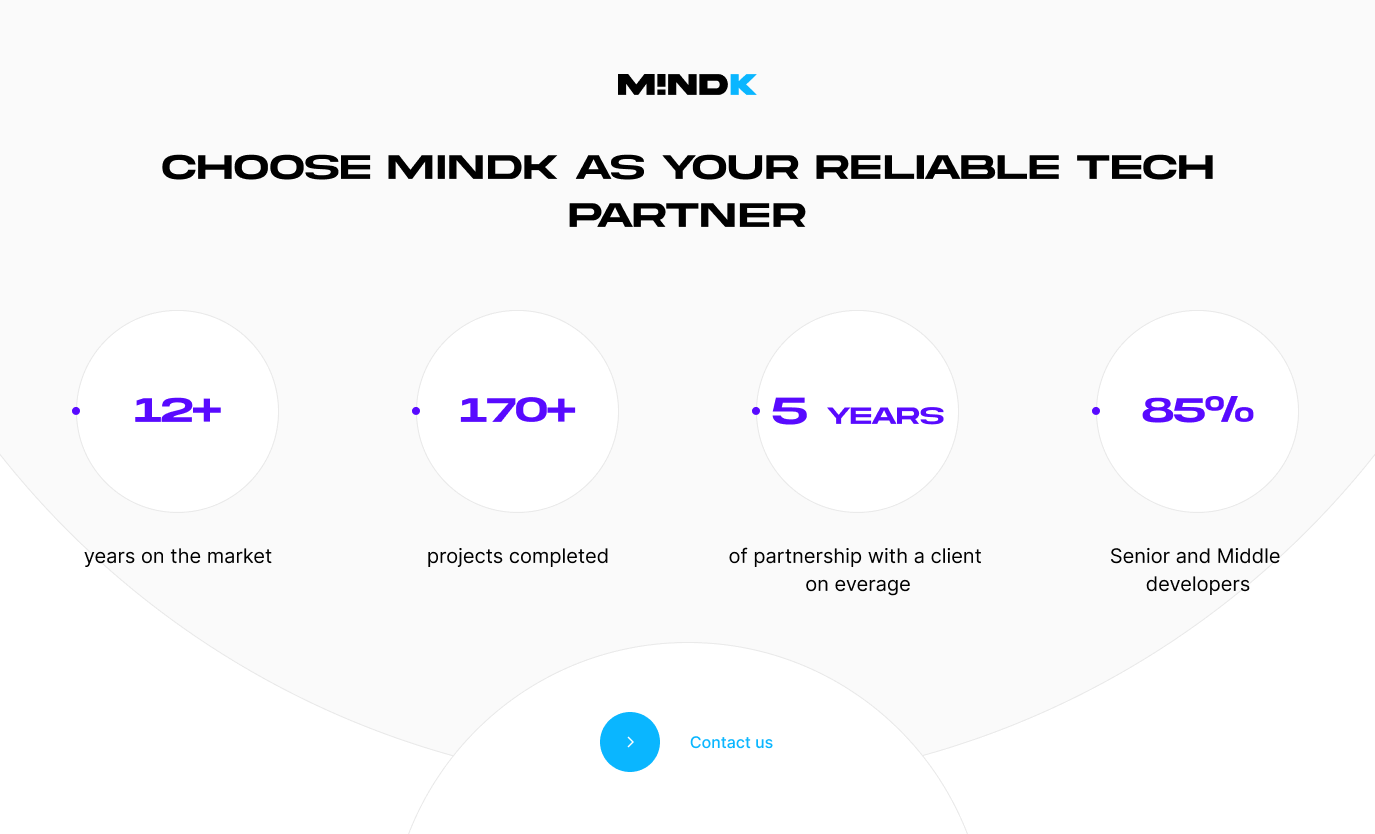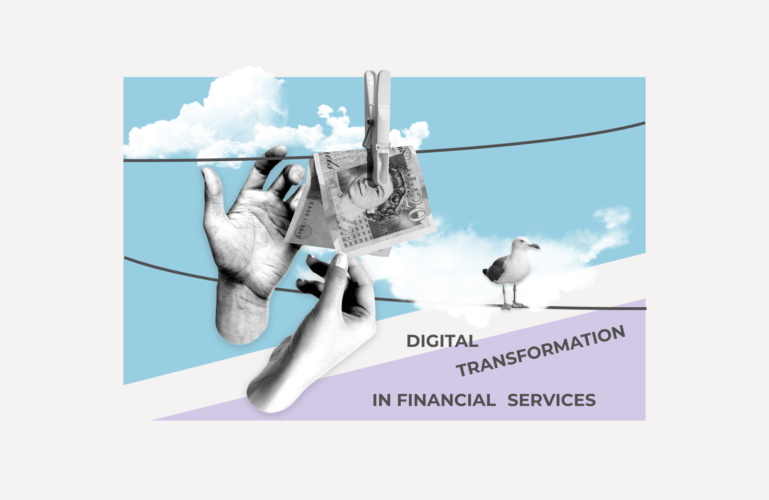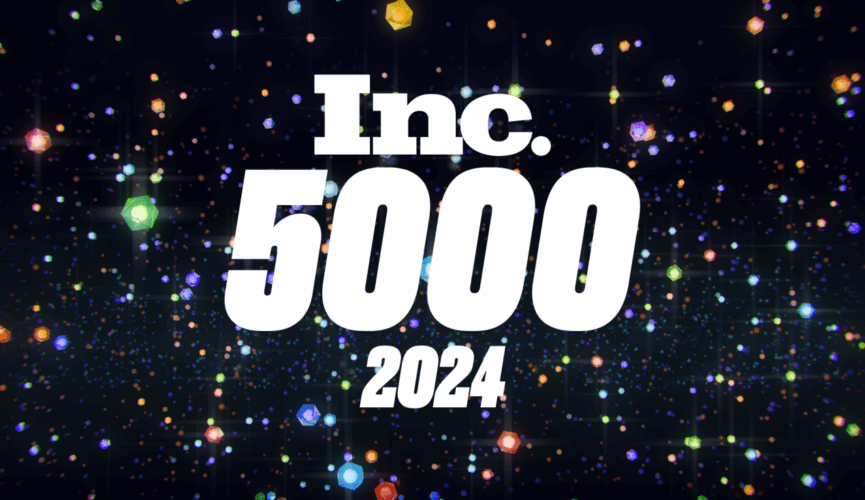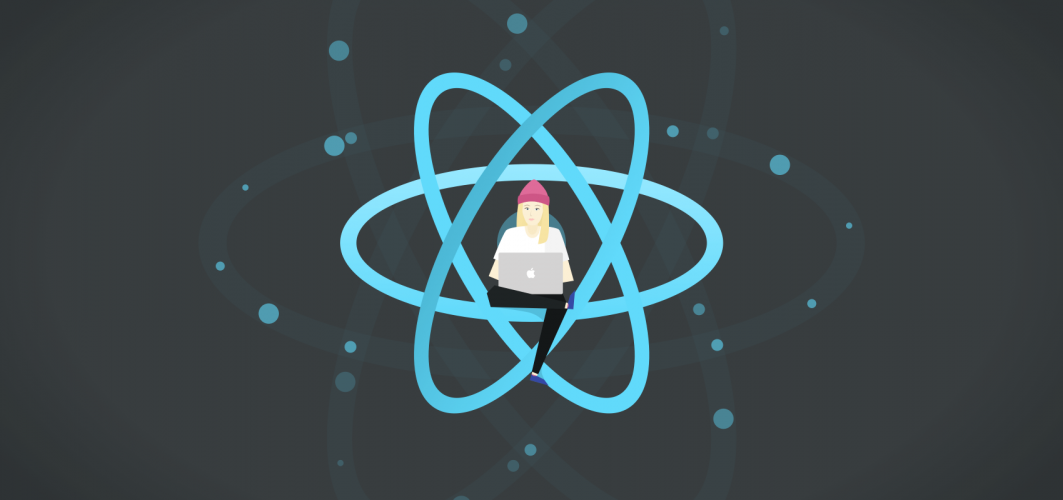Custom enterprise software development is tough, to say the least. Designing a UI, writing code to connect the app to the database, setting up the infrastructure ‒ all of these tasks require technical skills and attention to detail. Ensuring the application is secure, scalable, and maintainable makes the task even more complex.
At MindK, we’ve been providing enterprise software development services to European and American companies for the past 12 years. We’ve witnessed the challenges that only emerge in large enterprise projects:
- Satisfying the often conflicting expectations of multiple stakeholders.
- Modernizing decade-old interfaces and legacy technologies.
- Developing scalable and cost-effective architecture.
- Migrating to the cloud in a cost-effective way.
- Using predictive intelligence, robotic process automation, and data engineering to improve the company’s bottom line.
There are challenges, and there are solutions. So let’s discuss them!
Learn about the top challenges in enterprise software development
Knowing the bottlenecks of enterprise custom software development can help you make the project a smashing success.
Legacy systems and technical debt
79% of app modernization projects fail. Why? The answer is simple ‒ software modernization is a challenging and time-consuming process. A single wrong move can badly affect your business. We understand the struggle with ineffective tools, skills, and training needed to work on complex code laden with fragile dependencies.
Enterprise software is usually connected to core business processes. These workflows must be thoroughly studied and understood by a development team. Besides, it often relies on outdated technology that is no longer supported. Finding specialists with the right skills to improve and maintain is difficult.
Adopting Agile at scale
Despite its popularity among software development teams, enterprise businesses face difficulties when adopting Agile methodology. To begin with, not all team members might be happy about changing their methods and resist a shift to Agile. Middle managers and executives might also lack the necessary Agile expertise to understand and correctly communicate its benefits.
Last but not least, companies experience issues when establishing effective communication channels, a big no-no for Agile software development. When communication is inefficient and slow, Agile won’t deliver the desired results.
Shortage of qualified developers
A recent wave of layoffs might be deceiving. According to Gartner, 86% of CIOs now report more competition for skilled engineers than in 2022. 73% of executives fear losing employees faster than they can hire. Analysts believe that the demand for technical skills will continue to outpace the supply, leading to a shortage of 4 million developers by 2025.
With that in mind, Forbes expects more companies to hire contractors in 2023. Besides cost savings, hiring global contractors can help you fill gaps in high-demand skills like cloud engineering, cybersecurity, blockchain, or AI. You can check our detailed guide on how to hire reliable contractors to address this challenge.
Managing stakeholder expectations (and other organizational issues)
Enterprise projects are costly, complex, and risky. For these reasons, they often get pushback from someone in the organization who doesn’t want change. Moreover, some stakeholders might have radically different expectations about the project.
We’re currently building a massive medical system for American lactologists. A Product Owner from the client’s side sees the application as comprehensive Electronic Medical Records (EMR) for doctors, patients, and insurers.
However, when you talk to the project sponsors, they want a different implementation for many features. Their Customer Support team often advocates additional flourishes that would be too costly for the company. Those flourishes, however, make perfect sense if your main motivation is to delight customers.
Patient visit reports in custom medical software developed by MindK
Managing the budget, timelines, and stakeholder expectations places high requirements on the Project Managers. They have to first identify all people that might be impacted by the project. We then recommend organizing monthly sync-ups with those people. Such a meeting should be short and to the point, focusing on the project’s future. When you align everyone’s expectations, the team can find suitable compromises to maintain the buy-in.
From updating legacy software to API integration and cloud migration, MindK has proven expertise to help you develop custom enterprise software, mitigating risks and preventing project failures.
Re-engineer your existing system using modern technologies
We can re-engineer your solution to easily implement new features, integrate with the latest tools, and ensure high scalability. With popular modern technologies, it gets easier to improve and maintain your software.
Case study: creating a sustainability platform for Forbes Global 2000 companies
CEMAsys.com provides energy and carbon management services for socially responsible companies. 10 years ago, they launched a monolithic solution that used Joomla and Symfony. At some point, it became too costly to debug and add new features. Moreover, the old technologies couldn’t handle new requirements, leading to poor experience and slow development.
We helped CEMAsys migrate to a new tech stack, including Angular, NestJS, and AdonisJS. Thanks to a modular service-oriented architecture, developers can easily add new functionality without wasting a lot of time on debugging. The system handles more than 2 million environmental records without performance hits thanks to Azure and Kubernetes autoscaling.
CEMAsys has scaled to more than 800 corporate customers. We continue to work together to add new features and expand into the American market.
Moving a sustainability data platform from a monolith to a service-oriented architecture [case study]
Move to microservices-based architecture
Breaking down your enterprise software into smaller, independent units provides a lot of benefits. They include faster development, easier integrations, better scalability, performance, and system stability,
Case study: saving $14,000 a month and improving scalability with microservices
One of our clients is a leading US company that helps businesses analyze online reputation. It had a huge monolithic application that became too difficult to maintain and update with new features. Moreover, it scaled poorly and cost our client huge sums of money on cloud hosting.
To solve these issues, MindK created a comprehensive improvement roadmap. It included migration to microservices, setting up containers, implementing Kubernetes and AWS autoscaling, and automating CI/CD pipelines. Our cloud optimization saved the client over $14,000 in monthly costs. Microservices made releases faster, more secure and predictable. New features are now cheaper to develop and maintain.
Migrate to the cloud in a cost-effective way
If implemented correctly, Cloud migration makes your application faster, more scalable and secure, as well as cuts operational costs. Our engineers can develop an optimal cloud migration strategy and move your application to AWS, Azure, or GCP.
Case study: making it 10x cheaper to onboard customers with cloud-native technologies
AlreadyOn offers eLearning and member management solutions for various organizations in Norway. Each client received a customized solution, hosted on a dedicated server. This made it very expensive to onboard clients or add new features.
To solve these challenges, we redesigned the system into a powerful SaaS application on AWS. Using cloud-native technologies made it up to 10x cheaper to onboard new clients. Microservices have better performance and scalability thanks to Kubernetes clusters. The team continues to release improvements without disrupting 200,000+ active users.
Developing a SaaS CRM and learning management system for Norwegian organizations [case study]
Turn your data into Business Intelligence
Want to extract actionable insights from large data volumes originating from multiple sources? Our expertise in data architecture design, ETL processes, data warehousing, reporting, and visualization can help you turn masses of unstructured data into clear insights.
Case study: saving hundreds of hours a week with marketing automation and analytics
Converze Media manages dozens of ad campaigns on streaming networks, TV and radio stations across the US. Creating ad orders, sending them to stations, and tracking conversions took hours upon hours of hard work. Advertisers needed to use different tools for each channel, extract the data into huge Excel documents, and analyze it manually.
MindK helped them create a first-of-a-kind AdTech platform. It automates campaign planning, order creation, and dispatching. The solution collects data from a custom Google Analytics-like ad pixel and third-party integrations. It then automatically calculates ad ROI based on dozens of variables. In just a couple of clicks, you can generate reports with over 20 graphs, bar charts, and heat maps. This saves our client hundreds of hours a week.
Building a first-of-its-kind automation platform for the US direct response advertisers [case study]
Extend your system’s capabilities via API integrations
Want to ensure seamless integration between your systems or connect your software to third-party services? MindK can integrate different systems via APIs or develop a reliable custom API to enable smooth and secure data exchange.
Case study: developing a cloud-based platform with 20+ integrations
For more than a century, Harrison Publishing House (HPH) has been a trusted provider of material catalogs for the American construction industry. The company lacked a centralized system with up-to-date information on construction items and project statuses.
HPH contacted MindK to streamline business processes for distributors, manufacturers, and construction companies. Their in-house team was focused on data operations. So we implemented a cloud-based platform for managing internal departments, procurement, and project participants. With more than 20 integrations, the solution offers a fully automated order processing that offers up to a 5% reduction in annual expenses.
Creating a cloud-based supply chain solution for the US construction industry [case study]
Conclusion
Building enterprise software is challenging. With over 12 years in the industry, MindK has both experience and knowledge to tackle enterprise-level challenges.
Whether you need to integrate third-party systems, handle vast amounts of data, or create a new cutting-edge solution, feel free to book a free consultation with our engineering experts

